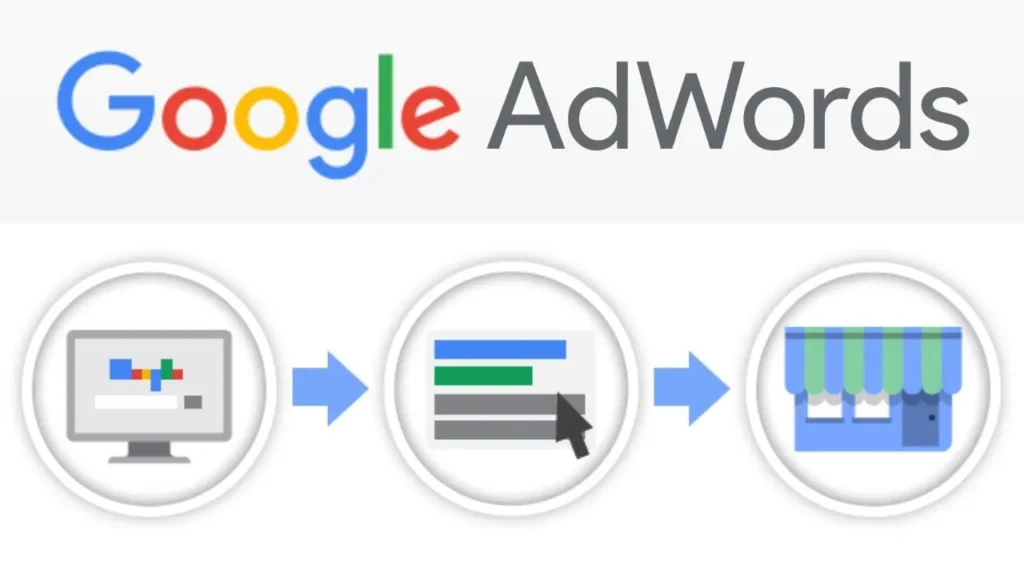In the expansive realm of digital marketing, Google stands as a colossus, shaping the landscape through its dominant role in paid search marketing. As businesses navigate the intricacies of online visibility, understanding the dynamics of how paid search advertising is entirely driven by Google becomes imperative. This blog explores the nuances of Google’s influence in the paid search marketing arena, unraveling the mechanisms that businesses must comprehend to succeed in the digital era.

Google’s Dominance in Paid Search Marketing:
- Google Ads: The Powerhouse Platform:
- Google Ads, formerly known as Google AdWords, is the cornerstone of paid search advertisings. It’s a robust advertising platform that enables businesses to create and display ads on Google’s search engine results pages (SERPs).
- Search Engine Market Share:
- Google’s unrivaled dominance in the search engine market is a driving force behind the reliance on its platform for paid search marketing. With a global market share exceeding 90%, Google is where the majority of online searches take place.
- Google’s Ad Auction System:
- The heart of Google’s paid search model lies in its ad auction system. Advertisers bid on keywords, and Google’s algorithm determines ad placements based on bid amounts, ad relevance, and the expected click-through rate. This auction system governs the visibility of ads on Google’s SERPs.
The Google Ads Ecosystem:
- Search Network Ads:
- Businesses utilize Google Ads to create text ads that appear at the top or bottom of Google’s search results. The prominence of these ads is determined by the bidding process and ad quality.
- Display Network:
- Google’s Display Network extends the reach of paid search marketing beyond search results. Advertisers can display image or video ads on websites that are part of Google’s extensive network, reaching a broader audience.
- Shopping Ads:
- Google Shopping allows businesses to showcase their products directly in the search results. Product listings include an image, price, and other essential details, offering a visual and informative experience for users.
- YouTube Ads:
- With Google’s acquisition of YouTube, the platform has become an integral part of the paid search marketing ecosystem. Advertisers can leverage YouTube ads to reach audiences through video content.
The Google Analytics Connection:
- Data-Driven Insights:
- Google Analytics, another Google product, complements paid search marketing efforts by providing in-depth insights into user behavior. Advertisers can analyze data such as user demographics, site interactions, and conversion metrics.
- Conversion Tracking:
- Google Ads and Google Analytics integration allows for seamless conversion tracking. Advertisers can attribute conversions to specific ads, keywords, or campaigns, enabling data-driven decision-making.
Challenges and Considerations in Paid Search Marketing:
- Costs and Competition:
- Google’s dominance also presents challenges, particularly in highly competitive industries. The cost-per-click (CPC) can escalate, necessitating strategic bidding to achieve cost-effective results.
- Algorithm Changes:
- Google’s algorithms are dynamic and subject to frequent updates. Advertisers must stay informed about algorithm changes that may impact ad visibility and adjust strategies accordingly.
The Future Landscape of Paid Search Advertising:
Innovation and Evolution: As Google continues to innovate, the future landscape of paid search marketing will likely witness advancements in machine learning, automation, and new ad formats. Advertisers should anticipate and adapt to these changes for sustained success.
Conclusion: Google’s dominance in paid search advertising is a reality that businesses cannot ignore. Navigating this landscape requires a strategic approach, leveraging the power of Google Ads, understanding the intricacies of the ad auction system, and harnessing data-driven insights through Google Analytics. As the digital ecosystem evolves, businesses must stay agile, adapting their strategies to Google’s innovations for continued success in the dynamic world of paid search marketing.
